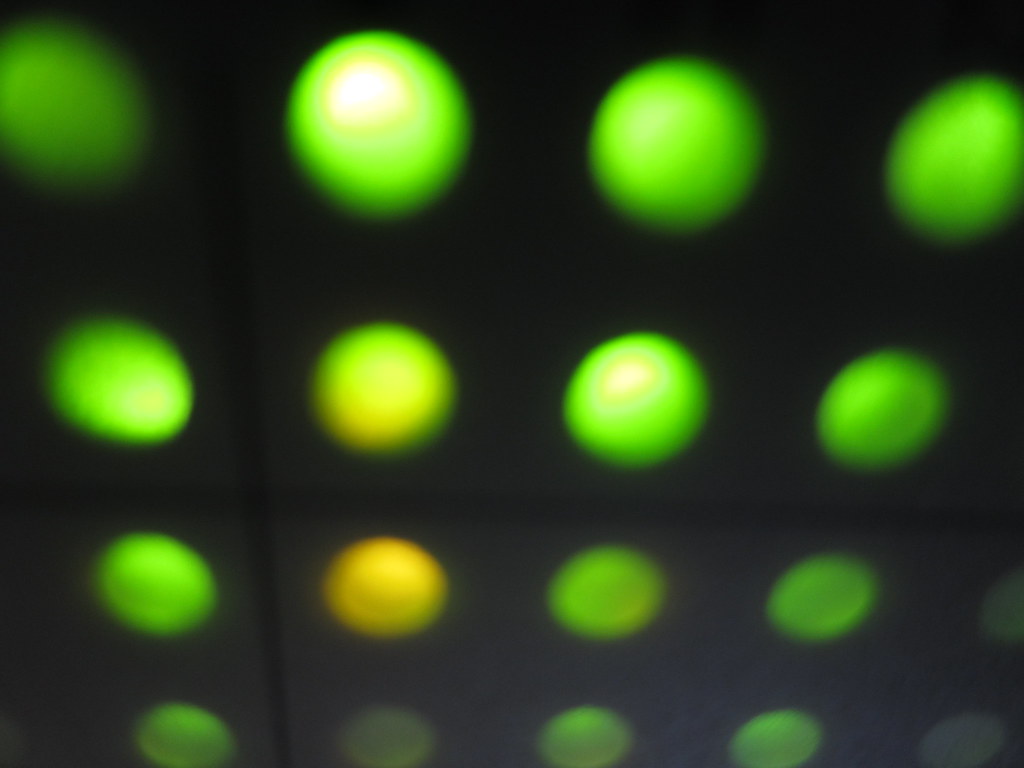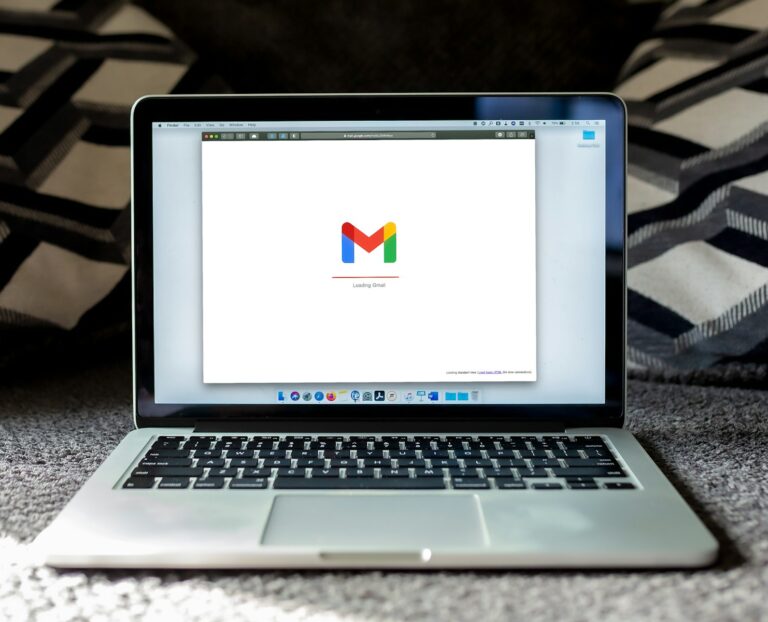Want to get more done without working more hours? The 90/30 Focus Formula is a science-backed productivity strategy that helps you reclaim your attention and build deep work habits no fancy tools required.
Ever felt like you’re working all day but barely making progress? You’re not alone. In our hyper-connected digital world, distractions lurk in every tab, ping, and notification. But what if you could reclaim your focus—without apps, timers, or gimmicks? That’s where the 90/30 Focus Formula steps in.
This simple yet powerful method has been a game-changer for freelancers, entrepreneurs, and remote workers looking to build sustainable productivity without burnout. It combines deep work principles with strategic rest, helping you work smarter, not longer.
Let’s break down what the 90/30 Focus Formula is, why it works, and how to implement it to create a distraction-free workflow that actually sticks.
What is the 90/30 Focus Formula?
At its core, the 90/30 Focus Formula is a time-blocking method that involves:
- 90 minutes of deep, uninterrupted work
- Followed by 30 minutes of intentional rest or light mental activity
Repeat this cycle two to three times a day, and you’ve essentially mastered the art of focused productivity. It’s like Pomodoro, but evolved for people who want fewer breaks and more flow.
Why 90 minutes? Research by performance psychologist Dr. Anders Ericsson showed that top performers (like athletes and musicians) typically train in 90-minute bursts. This duration aligns with our body’s ultradian rhythm—natural cycles of energy and focus.
Why 30 minutes of rest? Unlike the typical 5-minute Pomodoro break, this longer downtime helps your brain truly recharge. It’s perfect for a walk, journaling, or even a power nap. Not doom-scrolling Twitter.
Why Your Current System Isn’t Working
Let’s be real: most productivity tips sound great in theory but fall apart in real life. Here’s why:
- Your to-do list is endless.
- You check email “just for a sec”—and lose 45 minutes.
- Multitasking makes you feel productive, but you’re really just busy.
- Short breaks aren’t enough to reset your brain.
The 90/30 method solves this by creating clear boundaries between work and rest. And the best part? It adapts to your energy levels and brain chemistry, rather than forcing you into someone else’s system.
Step-by-Step: How to Build a 90/30 Distraction-Free Work System
1. Identify Your High-Impact Tasks
Start by asking: What 2-3 tasks today would make the biggest impact? These are your focus items. Not emails. Not Slack replies. Real, needle-moving work.
| Task Type | Examples |
|---|---|
| Deep Work | Writing code, designing a proposal, creating content |
| Light Work | Email replies, task management, research |
You want to schedule your 90-minute blocks for deep work only. Save the rest for lighter tasks in your downtime or later in the day.
2. Design Your Ideal Focus Window
Everyone has a different peak productivity window. Are you a morning genius or an afternoon wizard?
Block your first 90-minute session when your mind is freshest. For many, that’s 9:00 AM to 10:30 AM.
Pro Tip: Turn off all notifications. Use “Do Not Disturb” or airplane mode. If you need background sound, go for instrumental playlists or white noise.
3. Make the 30-Minute Break Count
This isn’t just chill time. It’s intentional restoration. Choose from:
- A brisk walk
- Stretching or yoga
- Journaling
- Listening to music
- Mindful tea/coffee ritual
What not to do:
- Scroll social media
- Watch YouTube
- Start a new project
4. Repeat (But Don’t Overdo It)
You don’t need six 90-minute sessions a day. Start with two. If you’re really vibing, add a third in the afternoon.
Your daily system could look like:
| Time | Activity |
| 9:00-10:30 | 90-min Focus Block 1 |
| 10:30-11:00 | 30-min Break |
| 11:00-12:30 | 90-min Focus Block 2 |
| 12:30-1:00 | Light Lunch + Reset |
| 2:30-4:00 | Optional Focus Block 3 |
This structure offers flexibility while reinforcing a rhythm that your brain starts to expect.
Case Study: How a Startup Founder Saved 10+ Hours a Week
Lucy Ford, co-founder of a SaaS startup in Manchester, UK, was drowning in meetings, Slack threads, and a constant sense of urgency. After trying everything from Pomodoro to time-tracking apps, she stumbled upon the 90/30 method via a productivity podcast.
She implemented it with her small remote team:
- Each morning began with one 90-minute deep work sprint
- Slack was turned off during this time
- 30-minute recovery breaks were used for dog walks or journaling
The result? “I went from working 11-hour days to about 8—with more done. We shipped two new features that had been sitting on the backlog for months.”
Tools to Support Your 90/30 Focus Flow
While the 90/30 system is minimalist by design, a few tools can enhance your experience:
- Serene (Mac App) – Schedule deep work sessions with built-in blockers
- Focus To-Do – Combines Pomodoro & task list with reports
- Analog notebooks – Like the Productivity Planner or Full Focus Journal
- White noise apps – Noisli, Brain.fm, or YouTube’s Deep Focus playlists
Don’t Let Perfection Ruin Progress
Yes, your day won’t always go as planned. Kids, client calls, or just life can derail your ideal schedule. That’s okay.
The goal isn’t rigid discipline. It’s building a rhythm that honors your brain’s natural energy curve.
Even one focused 90/30 cycle a day can:
- Help you make serious progress on big projects
- Build momentum
- Reduce decision fatigue
Bonus: Build Accountability with a Focus Partner
Share your 90/30 blocks with a colleague, co-founder, or friend. Set a quick check-in:
- Morning: What are your 2 deep work goals?
- Evening: Did you complete both? Any blockers?
This simple social contract increases follow-through. It doesn’t need to be formal. Even a quick message on WhatsApp or Slack works.
Final Thoughts: This Isn’t Just Time Management, It’s Energy Design
Time is limited. Energy is renewable.
The 90/30 system is about managing your focus and energy, not just squeezing more tasks into a calendar. It’s ideal for knowledge workers, entrepreneurs, creatives—anyone whose work requires clarity, strategy, and consistent execution.
Try it for one week. You might never go back to your old workflow.



